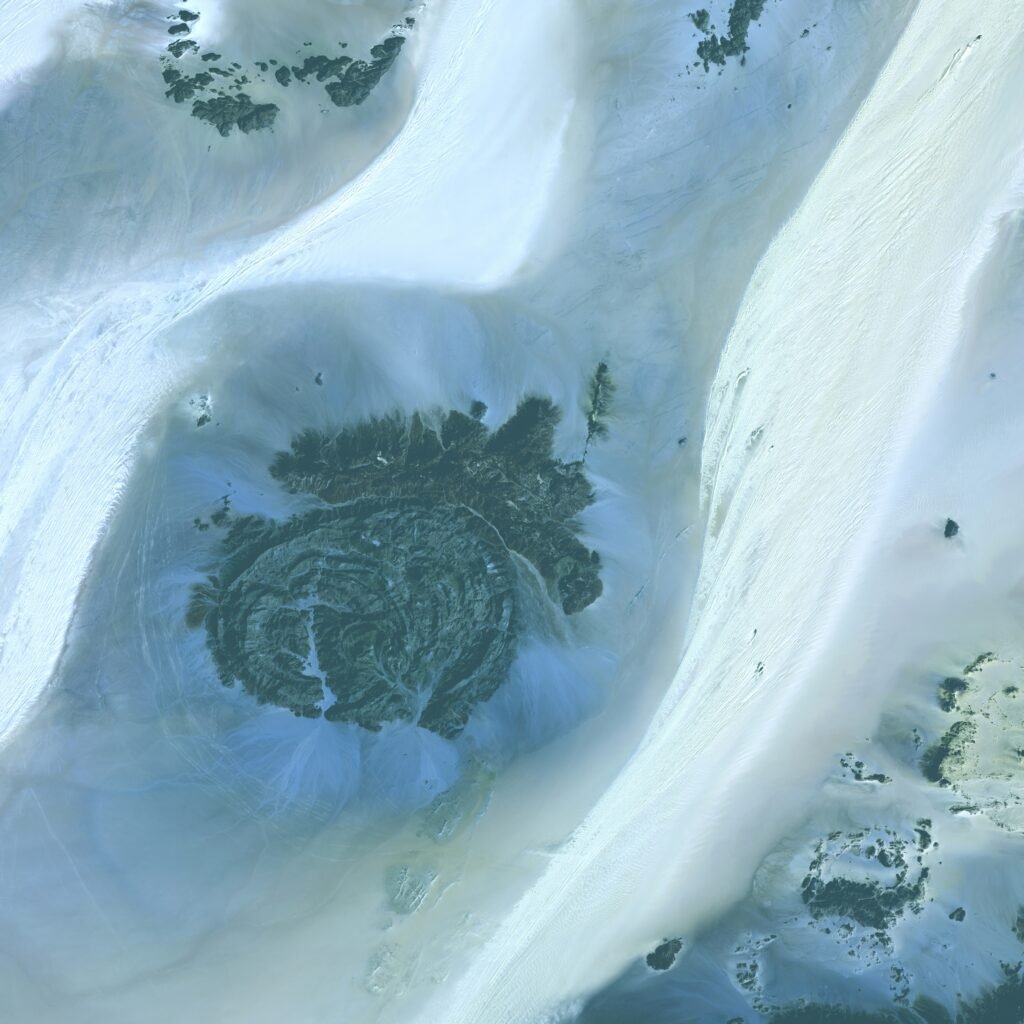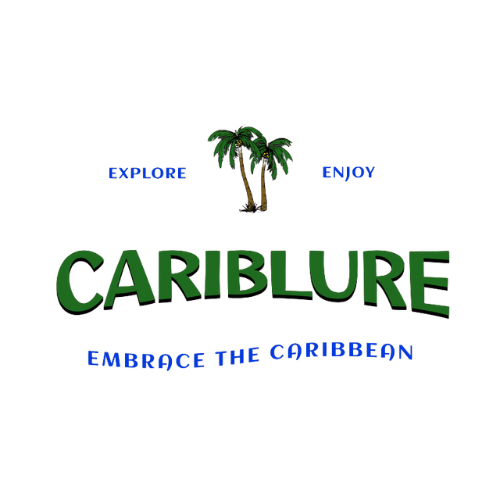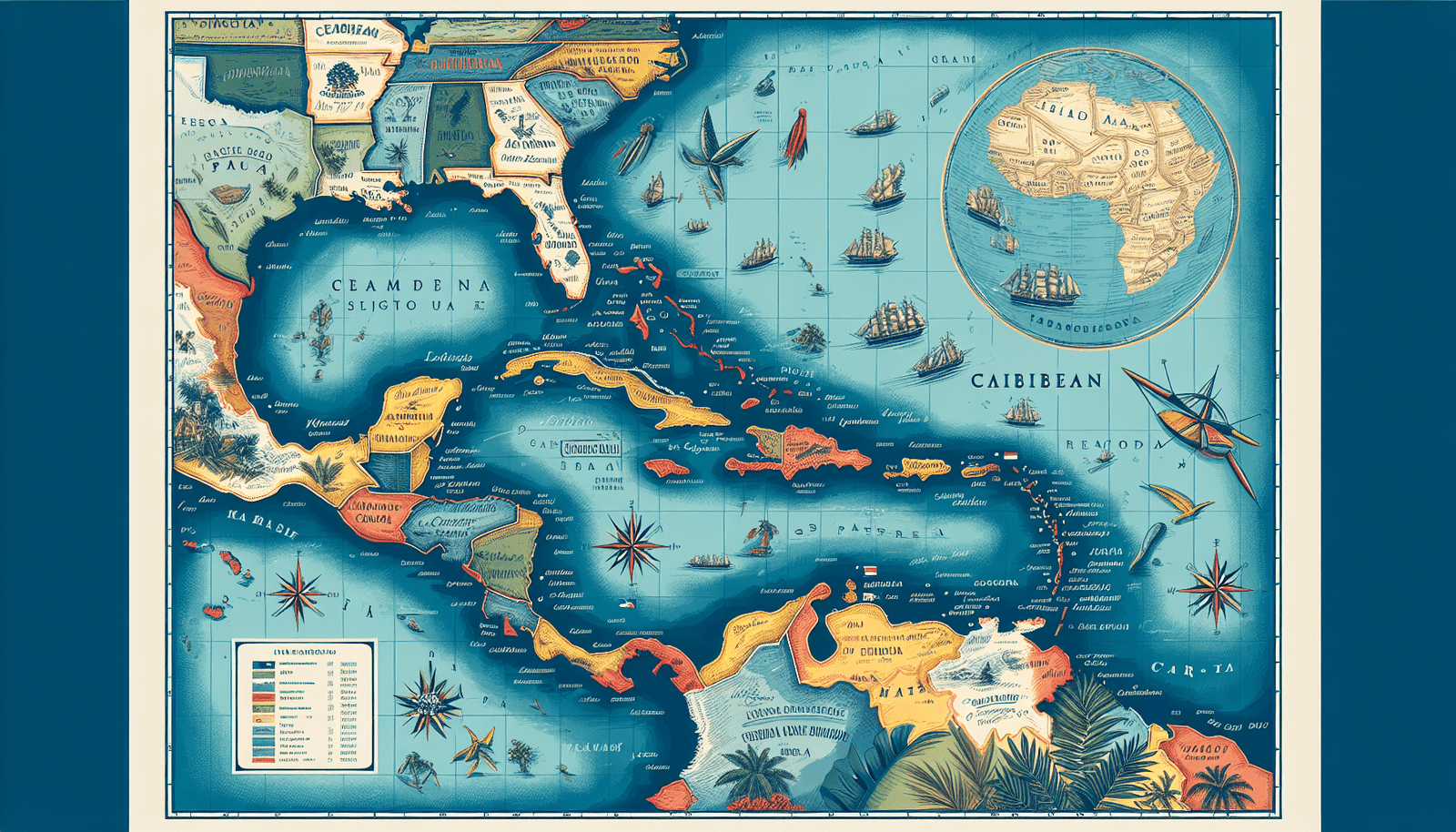So, you’re curious about which countries are considered part of the Caribbean? Well, you’ve come to the right place! In this article, we will explore the diverse and captivating region that stretches across the Caribbean Sea and discover the countries that are proudly part of this tropical paradise. From the vibrant culture of Jamaica to the stunning beaches of the Dominican Republic, get ready to embark on a virtual journey to the Caribbean and uncover its hidden gems. Whether you’re planning a vacation or simply want to expand your geographical knowledge, this article will provide you with an insight into the countries that make up this enchanting corner of the world. So, without further ado, let’s set sail and navigate through the Caribbean’s intriguing diversity!
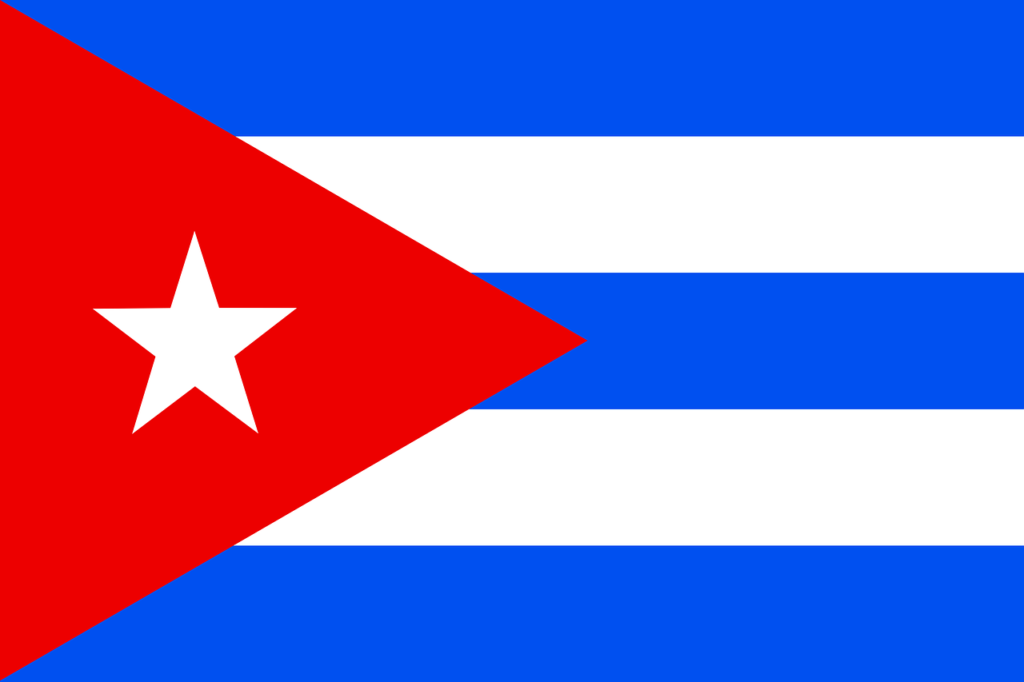
Geographical Region
Definition of the Caribbean
The Caribbean is a region located in the western part of the Atlantic Ocean, southeast of the Gulf of Mexico and the North American mainland. It is also known as the West Indies, derived from Christopher Columbus’ mistaken belief that he had reached the Indies (Asia) when he arrived in the region in the late 15th century. The Caribbean is home to a diverse group of islands and territories, each with its own unique culture, history, and natural beauty.
Geographical Boundaries
The geographical boundaries of the Caribbean are defined by the Caribbean Sea, which is enclosed by the Caribbean archipelago. To the north, the region is bounded by the Lucayan Archipelago, which includes The Bahamas and the Turks and Caicos Islands. To the east, the boundary is formed by the Lesser Antilles, which stretch from Puerto Rico in the north to the coast of Venezuela in the south. To the west, the Greater Antilles form the boundary, consisting of the larger islands of Cuba, Hispaniola (shared by the Dominican Republic and Haiti), Jamaica, and Puerto Rico.
Countries in the Caribbean
The Caribbean is made up of numerous countries, each with its own unique political status and relationship with the region. There are both independent countries and dependent territories in the Caribbean. Independent countries have full sovereignty, while dependent territories are governed by other countries. Some of the independent countries in the Caribbean include Jamaica, Cuba, the Dominican Republic, and Barbados. Dependent territories include Puerto Rico (a U.S. territory), the British Virgin Islands, and Martinique (a region of France). These countries and territories collectively contribute to the rich tapestry of the Caribbean region.
Caribbean Islands
Greater Antilles
The Greater Antilles are a group of larger islands located in the western part of the Caribbean Sea. The main islands in this group are Cuba, Hispaniola (shared by the Dominican Republic and Haiti), Jamaica, and Puerto Rico. These islands are characterized by their diverse landscapes, vibrant cultures, and significant historical importance.
Lesser Antilles
The Lesser Antilles are a chain of islands stretching from Puerto Rico in the north to the coast of Venezuela in the south. They can be further divided into the Leeward Islands and the Windward Islands. The Leeward Islands, such as Antigua and Barbuda, St. Kitts and Nevis, and Montserrat, are located on the western side of the Lesser Antilles. The Windward Islands, including Dominica, St. Lucia, and Grenada, are located on the eastern side. These islands offer stunning beaches, lush rainforests, and a wealth of cultural heritage.
Lucayan Archipelago
The Lucayan Archipelago consists of The Bahamas and the Turks and Caicos Islands. These islands are located in the northern part of the Caribbean region, close to the coast of Florida. Known for their pristine beaches, turquoise waters, and vibrant marine life, the Lucayan Archipelago attracts visitors from around the world.
Islands of the Caribbean Sea
The Caribbean Sea is dotted with numerous islands, many of which make up the various independent countries and dependent territories in the region. Some of these islands include Aruba, Bonaire, and Curaçao (known as the ABC Islands), Guadeloupe, Martinique, and Saint Martin. Each island has its own unique charm and attractions, ranging from stunning natural landscapes to vibrant cultural festivals.
Independent Countries
Countries with Full Sovereignty
Several countries in the Caribbean have achieved full sovereignty and are recognized as independent nations on the world stage. These countries have their own governments, economies, and international relations. They have the authority to enter into agreements and make decisions on behalf of their citizens. Some of the independent countries in the Caribbean include Jamaica, Trinidad and Tobago, Barbados, and Haiti.
List of Independent Caribbean Nations
The Caribbean is home to a total of 13 fully sovereign countries. Alongside the aforementioned nations, this list includes countries like Antigua and Barbuda, Dominica, Grenada, Saint Kitts and Nevis, Saint Lucia, Saint Vincent and the Grenadines, Guyana, Suriname, and Belize. Each of these countries has its own unique cultural heritage, history, and natural beauty.
Population and Capitals of Independent Countries
The population of independent countries in the Caribbean varies significantly. Jamaica, for example, is the most populous Caribbean nation with over 2.9 million people, while Saint Kitts and Nevis has the smallest population with around 50,000 inhabitants. The capitals of these independent countries also differ, with Kingston serving as the capital of Jamaica, Bridgetown as the capital of Barbados, and Santo Domingo as the capital of the Dominican Republic.
Dependent Territories
Colonial and Non-sovereign Territories
Many islands and regions in the Caribbean are classified as dependent territories. These territories are under the administration and control of other countries or colonial powers. While they may have varying degrees of autonomy, they do not possess full sovereignty. These territories often have unique constitutional arrangements and enjoy a special relationship with their governing countries.
Territories under European Control
European countries, including France, the Netherlands, and the United Kingdom, have territories in the Caribbean. French Guiana, Guadeloupe, Martinique, and Saint Martin are overseas departments and regions of France. Aruba, Bonaire, Curaçao, Saba, Sint Eustatius, and Sint Maarten are constituent countries within the Kingdom of the Netherlands. The United Kingdom has several territories in the region, including the British Virgin Islands, the Cayman Islands, Anguilla, Montserrat, and the Turks and Caicos Islands.
Dependencies of France, Netherlands, UK, and USA
Among the dependent territories, regions like French Guiana, located on the mainland of South America, are considered part of the French overseas department. The islands in the Caribbean Sea that are territories of the Netherlands are known as the Caribbean Netherlands. The United Kingdom’s overseas territories in the Caribbean have varying degrees of self-governance, with some having their own constitutions and elected governments. The U.S. territories in the Caribbean include Puerto Rico and the U.S. Virgin Islands, with Puerto Rico being an unincorporated territory and the U.S. Virgin Islands an organized, unincorporated territory.
Associate Members
Territories with a Special Political Status
Apart from independent countries and dependent territories, certain territories and regions have a unique political status within the Caribbean. These territories are known as associate members and have varying degrees of political affiliation and autonomy. This special status allows them to participate in regional organizations and benefit from certain privileges and benefits.
Anguilla, Bermuda, Cayman Islands, etc.
Some of the territories that have associate member status include Anguilla, Bermuda, the Cayman Islands, and the Turks and Caicos Islands. These territories have their own governments and legal systems but have chosen not to pursue full sovereignty at this time. This unique political arrangement helps to maintain stability and cooperation within the region while preserving the distinct identities and cultures of these territories.
Non-Caribbean Nations with Territories
Countries with Territories in the Caribbean
Apart from the countries and territories located within the Caribbean region itself, there are also nations from outside the region that have territories or holdings in the Caribbean. These territories often have historical, geopolitical, or economic significance to their respective countries, contributing to the overall diversity and complexity of the Caribbean region.
United States, France, Netherlands, etc.
The United States, France, the Netherlands, and the United Kingdom all have territories or holdings in the Caribbean. Puerto Rico, which is an unincorporated territory of the United States, and the U.S. Virgin Islands are examples of U.S. territories in the Caribbean. French Guiana, Guadeloupe, Martinique, and Saint Martin are overseas territories of France. The Caribbean Netherlands and the Sint Maarten territory are part of the Kingdom of the Netherlands. These territories have varying levels of autonomy and are subject to the laws and regulations of their respective countries.
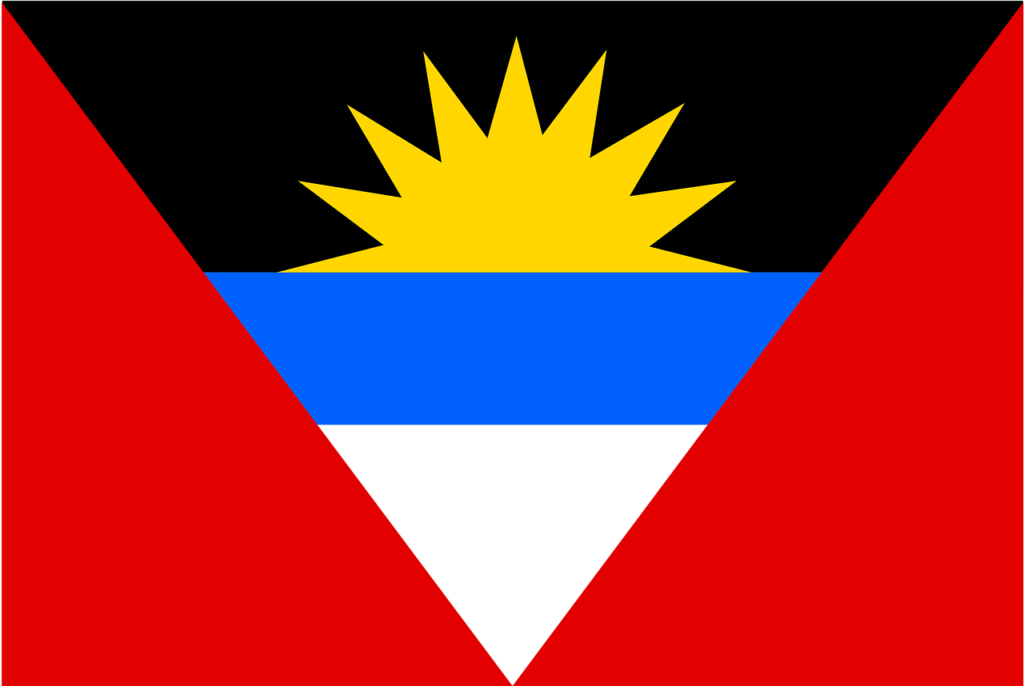
Organizations Involving Caribbean Countries
Regional Organizations in the Caribbean
The Caribbean region has several regional organizations that promote cooperation, integration, and development among the countries and territories. These organizations serve as platforms for dialogue, collaboration, and the pursuit of common goals, aiming to strengthen the region and address shared challenges.
CARICOM, OECS, ACS, etc.
The Caribbean Community (CARICOM) is one of the most prominent regional organizations in the Caribbean. It promotes economic integration, foreign policy coordination, and cooperation in various sectors such as health, education, and transportation. Other organizations include the Organization of Eastern Caribbean States (OECS), which focuses on economic and political cooperation among its member states, and the Association of Caribbean States (ACS), which seeks to promote sustainable development and strengthen regional ties.
International Involvement in the Caribbean Region
The Caribbean region maintains strong ties with international organizations and countries outside the region. It engages in diplomatic relations, trade agreements, and partnerships to foster economic growth and global cooperation. International organizations such as the United Nations and the World Bank provide support and assistance to the Caribbean in various areas, including disaster relief, climate change, and sustainable development. The region also benefits from tourism and investment from countries such as the United States, Canada, and European nations.
Distinct Cultures and Languages
Overview of Caribbean Cultures
The Caribbean is renowned for its rich and diverse cultural heritage, which is shaped by the fusion of African, European, and Indigenous influences. The region’s history of colonization, slavery, and migration has contributed to the development of unique cultural traditions, including music, dance, cuisine, and art. The Caribbean is known for its vibrant festivals, such as Carnival, where locals and visitors come together to celebrate their cultural identity and showcase their creativity.
African, European, and Indigenous Influences
The African influence in Caribbean culture is evident in the vibrant rhythms of Afro-Caribbean music genres such as reggae, calypso, and salsa. European influences can be seen in the architecture, language, and culinary traditions of the region, with British, French, Spanish, and Dutch legacies prevalent in different countries and territories. Indigenous cultures also play a role in shaping Caribbean identity, with the presence of diverse Indigenous communities and their contributions to art, spirituality, and traditional practices.
Languages Spoken in the Caribbean
The Caribbean is a linguistically diverse region, with various languages spoken throughout. The most widely spoken language is English, as many Caribbean countries were colonized by the British. However, French, Spanish, Dutch, and Creole languages are also spoken in different parts of the Caribbean. Creole languages, which are a blend of African, European, and Indigenous languages, developed as a means of communication among enslaved Africans and their captors. These languages, such as Jamaican Patois and Haitian Creole, continue to thrive and contribute to the unique cultural tapestry of the Caribbean.
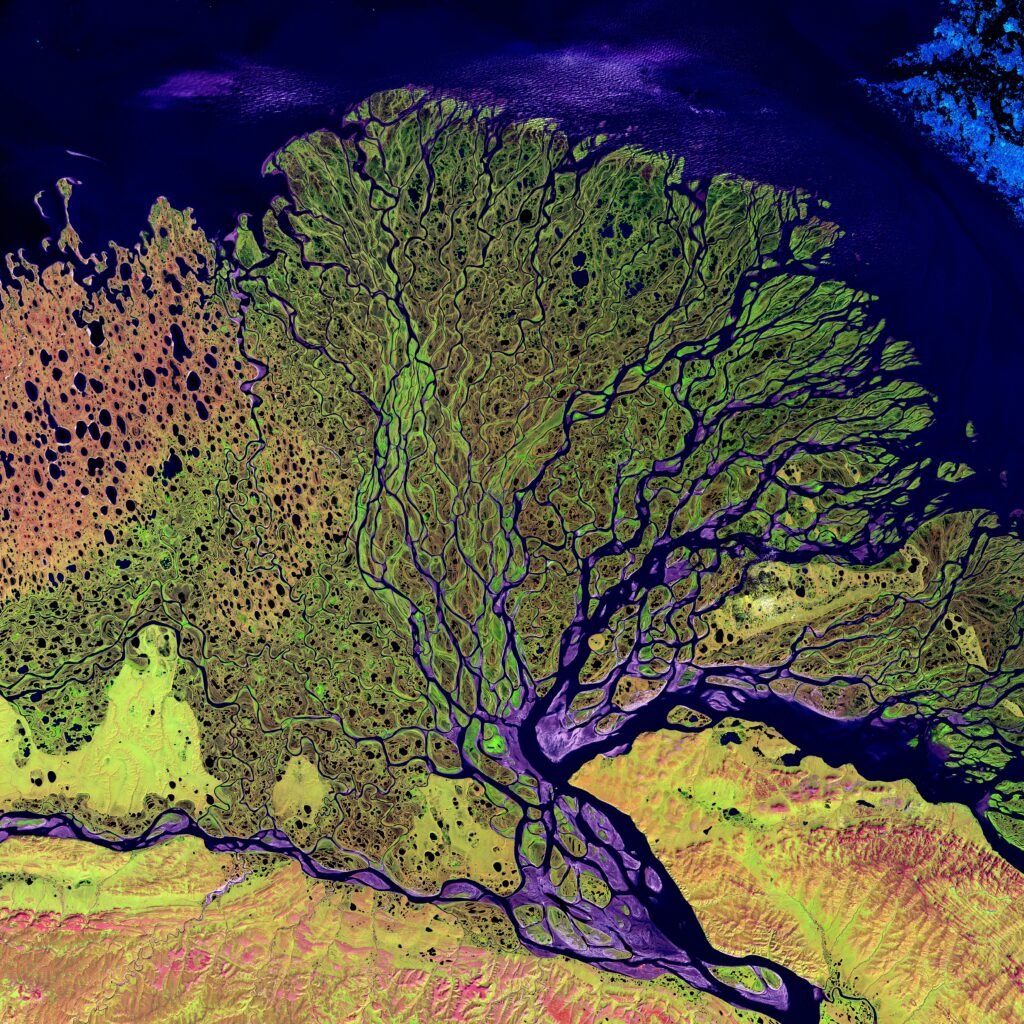
Tourism and Economy
Importance of Tourism in the Caribbean
Tourism is a vital economic sector in the Caribbean, contributing significantly to the region’s economic growth, employment, and foreign exchange earnings. The natural beauty, pristine beaches, and warm climate of the Caribbean attract millions of tourists each year, seeking relaxation, adventure, and cultural experiences. The tourism industry supports a wide range of businesses, including hotels, restaurants, tour operators, and souvenir shops, creating employment opportunities for locals and stimulating local economies.
Popular Tourist Destinations
The Caribbean offers a multitude of popular tourist destinations, each with its own unique attractions. Jamaica, known for its vibrant music scene and stunning landscapes, is a top choice for travelers seeking a mix of cultural immersion and beach relaxation. The Dominican Republic, with its luxurious resorts and rich history, is another favorite among vacationers. The Bahamas, Barbados, and Puerto Rico are renowned for their picturesque beaches and crystal-clear waters. Other popular destinations include Aruba, St. Lucia, and the Turks and Caicos Islands, all known for their natural beauty, watersports, and hospitality.
Major Economic Sectors in the Region
Aside from tourism, the Caribbean region relies on various economic sectors for sustainable development and growth. Agriculture, including the production of crops such as sugar, coffee, and bananas, has historically been important to the region’s economy. Fishing and aquaculture are also significant contributors to Caribbean livelihoods and food security. Manufacturing, particularly in the pharmaceutical and garment industries, plays a role in some Caribbean nations’ economies. Additionally, offshore financial services, renewable energy, and creative industries such as music and film contribute to the region’s economic diversification and resilience.
Challenges and Issues
Social and Economic Challenges
The Caribbean region faces several social and economic challenges that impact its development and well-being. Poverty, inequality, and unemployment are persistent issues that affect many countries and territories. Access to quality education, healthcare, and social services can also be limited, particularly in more remote or economically disadvantaged areas. Additionally, crime and violence pose challenges to the safety and security of local residents and visitors, requiring continued efforts to promote peace and build resilient communities.
Natural Disasters and Climate Change
The Caribbean is vulnerable to natural disasters, including hurricanes, earthquakes, and volcanic eruptions. These events can cause significant damage to infrastructure, homes, and livelihoods, disrupting the lives of people in the region. Climate change exacerbates the frequency and intensity of these disasters, posing a long-term threat to the region’s sustainability. Rising sea levels, coastal erosion, and the degradation of coral reefs further impact the Caribbean’s ecosystems and the livelihoods of those who rely on them.
Sustainable Development in the Caribbean
In response to these challenges, the Caribbean region is increasingly focused on pursuing sustainable development and resilience-building strategies. Efforts are underway to promote renewable energy sources, reduce reliance on fossil fuels, and implement climate change adaptation and mitigation measures. The conservation of natural resources, including marine and terrestrial ecosystems, is a priority to ensure the region’s long-term viability. Additionally, initiatives aimed at poverty reduction, social inclusion, and inclusive economic development are being pursued to create more equitable and resilient Caribbean societies.
